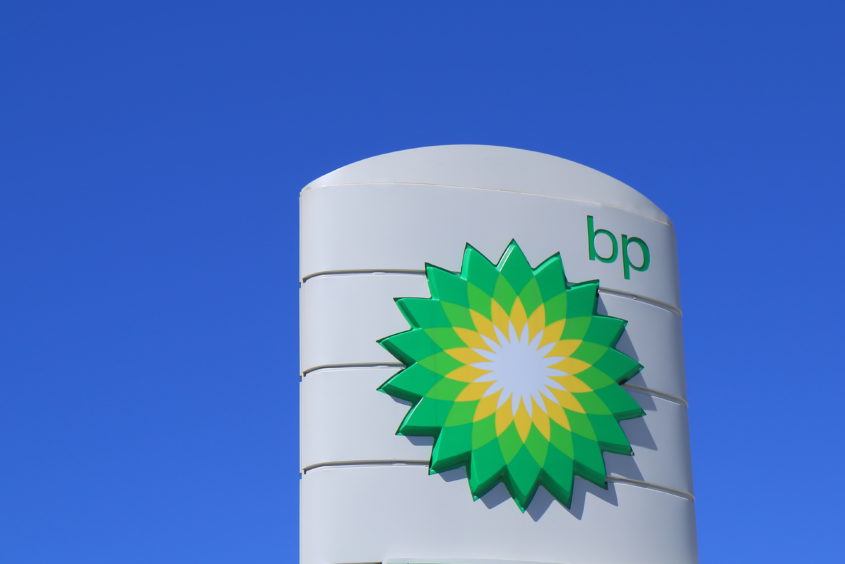
BP said today that Western Australia is an “ideal place” to develop export-scale green hydrogen and ammonia production facilities.
BP announced the findings as part of its publicly available feasibility study into the production of hydrogen and ammonia using renewable energy at scale in Australia.
The findings “support BP’s conviction that, with its vast potential solar and wind resources, existing infrastructure and proximity to large, long-term markets, Western Australia is an ideal place to develop large scale renewable energy assets that can in turn produce green hydrogen and/or green ammonia for domestic and export markets,” the supermajor said in a statement.
Although the study did find that significant scale will be required for general hydrogen fuel use to be commercially viable.
BP said it will continue to work with key stakeholders to develop plans for integrated green hydrogen projects in Western Australia, working to define the technical and infrastructure solutions, customer demand and business models that would be required for a successful development.
“This study confirms the potential for scaled-up green hydrogen in Western Australia. This looks particularly promising in the mid-west of WA, which has existing infrastructure, access to land and abundant renewable energy resources such as wind and solar. Importantly, our study also confirmed strong demand from potential customers in the hard-to-abate sectors, and for both local and export markets. This has the potential to position Australia as a regional powerhouse of the energy transition,” said Frédéric Baudry, president, BP Australia, and SVP fuels & low carbon solutions, Asia Pacific.
The study examined the hydrogen supply chain and domestic and export markets at two scales: a demonstration/pilot scale (4,000 tonnes of hydrogen making up to 20,000 tonnes of ammonia) and commercial scale (200,000 tonnes of hydrogen making up to 1 million tonnes of ammonia). It considered three different hydrogen production technologies, and the plant power source was modelled as a mix of solar and wind with some battery support.
The study highlighted that, depending on the location and scale, significant additional infrastructure investment would be required – particularly for port, electricity and water services.
Economic returns were also explored, and it was found that for this to be effectively understood the renewable hydrogen and ammonia markets need to be further advanced. The study found that significant scale will be required for general hydrogen fuel use to be commercially viable.
“The magic figure is producing hydrogen below $2 per kilo and the pathway to get there is becoming clearer. The study has highlighted that, through innovation, talent, commitment and collaboration, Western Australia can become one of the major exporters of hydrogen in the global market,” said Jason Fonti, of GHD Advisory, which also participated in the study.
Green hydrogen is produced from the electrolysis of water, using renewable energy. It can be used as a fuel and energy source in hard-to-decarbonize industries. Green ammonia is produced by combining green hydrogen and nitrogen (from the air). Ammonia can be utilised as a hydrogen carrier, providing advantages over transporting pure hydrogen.

